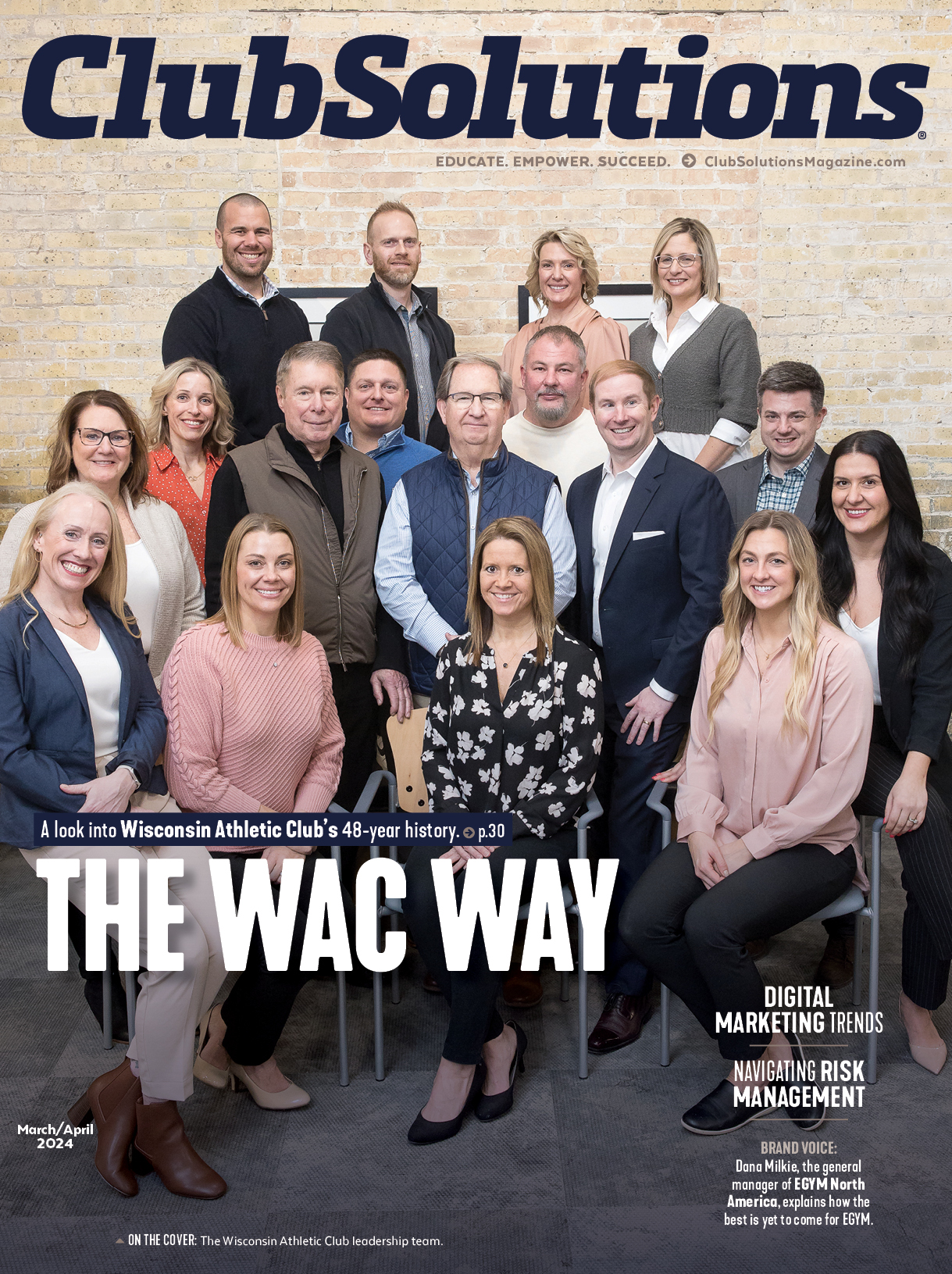While many gyms offer group training options, few of these classes are appropriate for those who have low levels of fitness. This is a pressing need because physical inactivity is a rising global public health problem, and at least a quarter of Americans identify as inactive. These findings are based on self-report surveys that often overestimate our levels of physical activity, indicating that sedentary lifestyles may be even more common than reported.
There is great market opportunity to recruit and engage less fit individuals, as evident from patterns of gym visits. New Year’s resolutioners flock to gyms every January, and most of these memberships are sold to individuals who were previously sedentary. Unfortunately, few are successful in establishing a regular gym habit, with approximately 80% of resolutioners quitting their facility within five months. Therefore, it’s important to leverage the latest findings in exercise adherence to support these individuals and gain lasting memberships.
Compared to regular gym-goers, many new members enter fitness facilities with lower confidence and have more fear of injury. Social forms of exercise drive habits more readily than solo exercise. Of those who use fitness facilities to exercise regularly, 44% workout with a partner and 40% use group exercise classes to stay motivated. Social exercise options create a sense of community and make the transition to an active lifestyle easier to attain.
The social connections formed in group training classes may be more important than social support from family and friends, according to published studies. Exercise encouragement outside of the gym setting is often perceived as coercive, and pressure to change one’s exercise engagement tends to backfire.
Group training offers several advantages, several of which significantly predict improved exercise habits. First, group exercise helps members engage in consistent exercise patterns. Second, instructors guide classes and reduce the number of decisions required for their participants. Third, group exercise is perceived as more enjoyable than solo exercise, and charismatic instructors draw participants’ attention to how good they feel, creating an “affect” advantage.
The advantages of group fitness training are undermined by classes that exceed the physical capabilities of class participants. Excessive joint and muscle soreness creates a negative association with the workout experience. This is a top reason for the attrition observed in resolutioners.
Options that serve lower fitness levels are crucial elements of successful fitness facilities that aim for high levels of member recruitment and engagement. Consider the features of your group classes with this demographic in mind: When a new member is ready to become more active, is your staff prepared to offer helpful suggestions? Do you have areas of the facility with intuitive equipment, and do you offer group classes that deliver low-impact and low-intensity workouts? Addressing these topics can help your gym identify areas for improvement, as well as your best options to support those who are ready to embrace a more active lifestyle.
Karlie Intlekofer, PhD, is the global wellness researcher at Johnson Health Tech, parent company of Matrix Fitness. She can be reached on LinkedIn and at karlie.intlekofer@johnsonfit.com.











